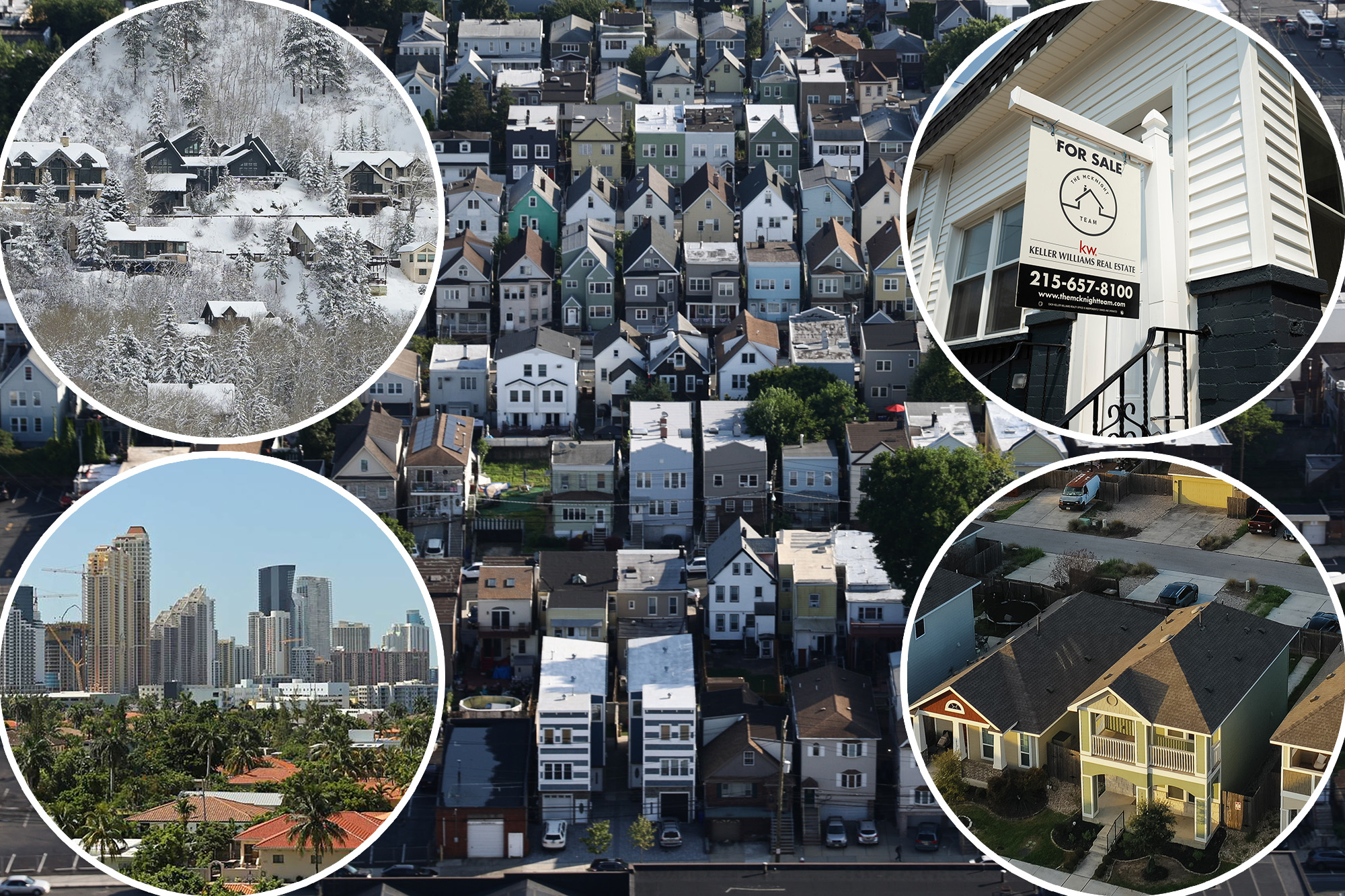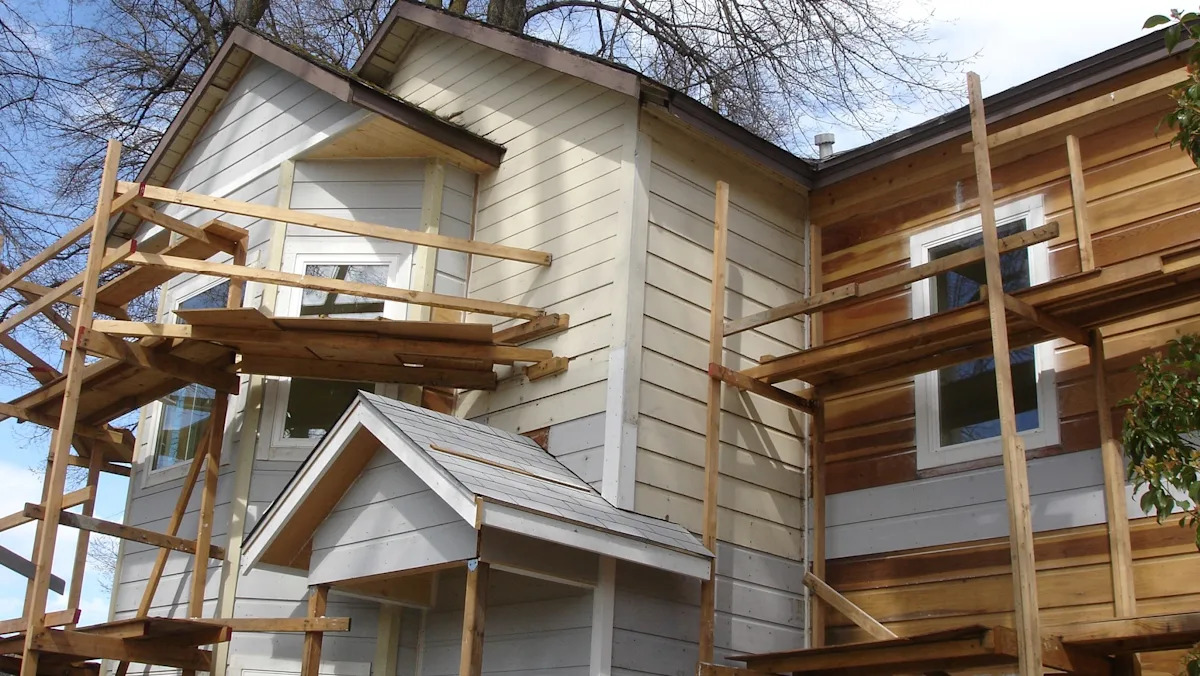T
he US housing market is experiencing a stark divide, with some states offering buyers incredible deals while others are plagued by bidding wars. The nationwide shortage of homes for sale persists, with the National Association of Realtors reporting that existing-home inventory in January was 16% below its pre-pandemic level.
However, this trend is shifting as more people move and supply increases. Texas, Florida, and Colorado have seen a significant surge in listings, with Texas's for-sale pile now 20% above pre-pandemic levels. In contrast, the Northeast and Midwest are struggling to keep up, with 15 states having less than half their usual inventory.
The reason behind this split lies in the South's construction boom. Builders created an oversupply of homes, which is now contributing to rising inventories. Meanwhile, strict zoning laws and high costs have limited new builds in places like Illinois, where existing homes are scarce and prices remain elevated.
Mortgage rates also play a significant role in the housing market's patchwork landscape. In states with higher mortgage rates, buyers are less likely to bite, leading to bloated inventories. However, in areas with lower mortgage rates, homeowners are more likely to stay put, contributing to supply constraints.
The South has seen a surge in new construction, but this is not the case everywhere. Illinois, for example, has strict zoning laws and high costs that have limited new builds, leaving existing homes scarce and prices inflated. In contrast, states like Texas and Florida have seen a significant increase in inventory levels, which could lead to price drops if mortgage rates remain high.
Overvaluation is another factor affecting the housing market. Sunbelt states like Florida have experienced significant median home value increases, but this trend may be reversing as migration slows and insurance costs rise. In contrast, states like Illinois and New York have seen more modest gains in median home values.
Ultimately, the US housing market's recovery will depend on where you live. Buyers in oversupplied markets like Texas may find incredible deals, while those in areas with low inventory levels may face bidding wars and high prices.














